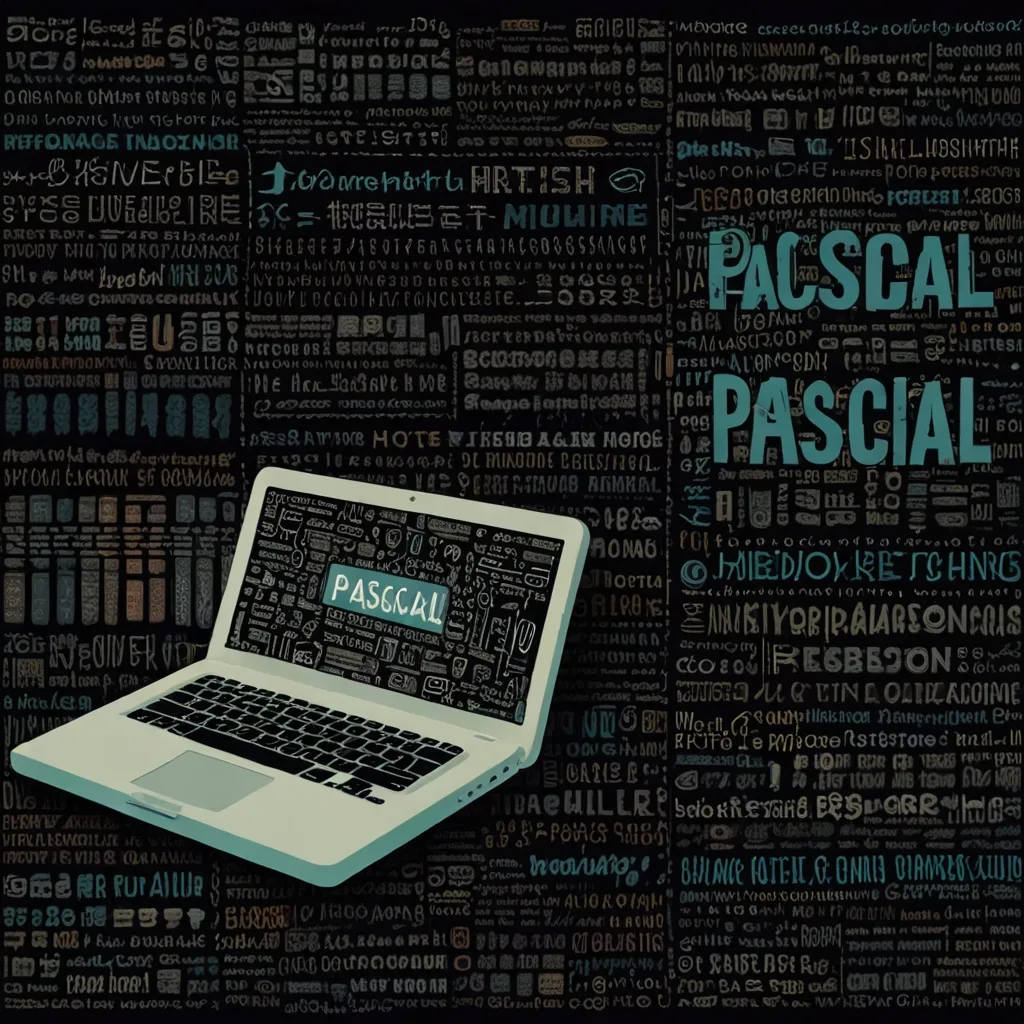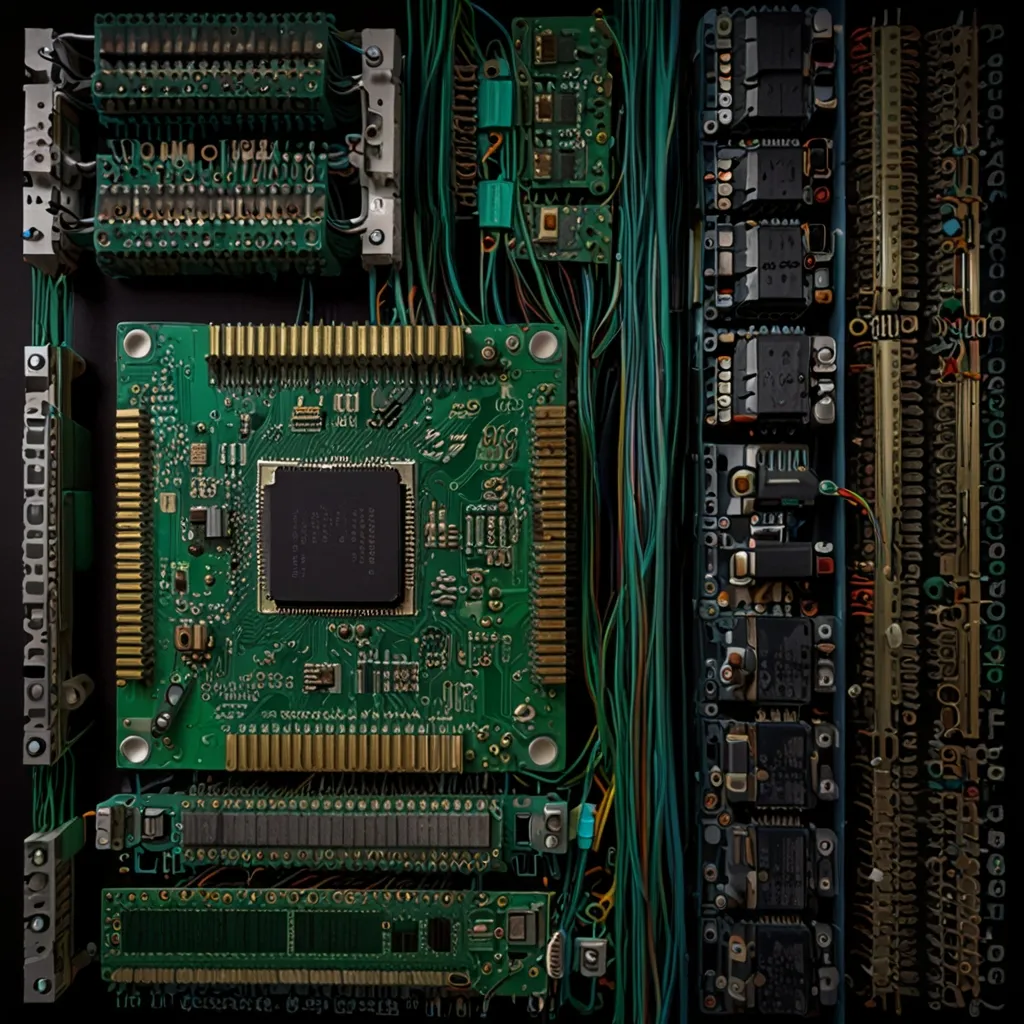Debugging is the unsung hero of software development. It’s where the real magic happens, turning frustrating bugs into “aha!” moments. As a C++ developer, I’ve spent countless hours wrestling with elusive errors, and I’ve learned that having the right tools in your arsenal can make all the difference.
Let’s dive into some advanced debugging techniques using powerful tools like Valgrind, GDB, and AddressSanitizer. These bad boys will help you squash bugs faster than you can say “segmentation fault.”
First up, we’ve got Valgrind. This Swiss Army knife of debugging tools is a lifesaver when it comes to memory-related issues. It’s like having a personal detective for your code, sniffing out memory leaks, buffer overflows, and other sneaky problems.
To get started with Valgrind, simply compile your program with debugging symbols (-g flag) and run it through Valgrind:
g++ -g myprogram.cpp -o myprogram valgrind ./myprogram
Valgrind will give you a detailed report of any memory-related issues it finds. It’s like getting a play-by-play of your program’s memory usage. Trust me, once you start using Valgrind, you’ll wonder how you ever lived without it.
One of my favorite Valgrind tools is Memcheck. It’s like a bloodhound for memory errors. It’ll tell you exactly where and when you’re accessing uninitialized memory, freeing memory that’s already been freed, or writing beyond the bounds of allocated memory.
I remember one time I was working on a complex data structure, and my program kept crashing at random intervals. Valgrind’s Memcheck tool pointed me straight to a buffer overflow I had overlooked. It saved me hours of head-scratching and hair-pulling.
Next up, we’ve got GDB, the GNU Debugger. This is the granddaddy of debugging tools, and for good reason. It’s like having X-ray vision for your code, allowing you to peek inside your program as it runs.
To use GDB, compile your program with debugging symbols and then run it through GDB:
g++ -g myprogram.cpp -o myprogram gdb ./myprogram
Once you’re in GDB, you can set breakpoints, step through your code line by line, inspect variables, and even modify them on the fly. It’s like being able to pause time and examine every detail of your program’s execution.
One of my favorite GDB tricks is using conditional breakpoints. Instead of stopping every time a certain line is hit, you can set conditions. For example:
break myfunction if x > 10
This will only break when myfunction is called and x is greater than 10. It’s like having a smart assistant that only interrupts you when something interesting happens.
GDB also has a fantastic feature called reverse debugging. It’s like having a time machine for your code. You can step backwards through your program’s execution, seeing exactly how you got to a certain point. This is incredibly useful for tracking down those “how did we get here?” bugs.
I once used reverse debugging to track down a race condition in a multithreaded application. Being able to step backwards through the program’s execution was like unraveling a tangled ball of yarn. It made a seemingly impossible bug trivial to solve.
Now, let’s talk about AddressSanitizer. This tool is like a guardian angel for your memory accesses. It can detect out-of-bounds accesses, use-after-free errors, and other memory-related issues with minimal overhead.
To use AddressSanitizer, you need to compile your program with special flags:
g++ -fsanitize=address -g myprogram.cpp -o myprogram
Then, just run your program as normal. If AddressSanitizer detects any issues, it’ll give you a detailed report, including a stack trace of where the error occurred.
AddressSanitizer has saved my bacon more times than I can count. I remember one particularly nasty bug where I was accidentally writing past the end of an array. AddressSanitizer caught it immediately and pointed me right to the line of code causing the problem.
One thing to keep in mind with AddressSanitizer is that it does add some overhead to your program. It’s not something you’d want to use in a production build, but for debugging, it’s worth its weight in gold.
Now, let’s talk about some general debugging strategies that work well with these tools. One technique I swear by is the “binary search” method of debugging. If you’ve got a large codebase and you’re not sure where the bug is, start by commenting out half of your code. If the bug disappears, you know it’s in the half you commented out. If it’s still there, it’s in the other half. Rinse and repeat until you’ve narrowed it down to a small section of code.
Another technique I love is logging. Sprinkle print statements (or better yet, use a proper logging library) throughout your code. It’s like leaving breadcrumbs for yourself. When something goes wrong, you can follow the trail of log messages to see exactly what was happening leading up to the error.
Don’t forget about assertions, either. They’re like little guardians you can place throughout your code to catch impossible conditions. If an assertion fails, you know something has gone seriously wrong, and you can start debugging from there.
One debugging technique that’s saved me countless hours is the “rubber duck” method. Explain your code, line by line, to a rubber duck (or a willing colleague, if you prefer). Often, just the act of explaining your code out loud can help you spot the problem.
Remember, debugging is as much an art as it is a science. It requires patience, persistence, and a healthy dose of creativity. Don’t be afraid to think outside the box. Sometimes, the most bizarre bugs require the most unconventional solutions.
I once spent days tracking down a bug that only occurred when the user’s system clock was set to a specific time zone. It turned out to be a localization issue that only manifested under very specific conditions. The solution? A single line of code that explicitly set the locale. Sometimes, the simplest solutions are the hardest to find.
As you’re debugging, don’t forget to take breaks. It’s easy to get tunnel vision when you’re deep in debugging mode. Step away from your computer, take a walk, or work on something else for a while. Often, the solution will come to you when you’re not actively thinking about the problem.
Another tip: always reproduce the bug before you start debugging. It’s tempting to dive right in and start making changes, but if you can’t consistently reproduce the problem, you’ll have no way of knowing if your fixes are actually working.
When you’re working with complex codebases, it can be helpful to use a visual debugger. Tools like Visual Studio’s debugger or CLion’s debugger can provide a graphical interface for stepping through your code, inspecting variables, and visualizing data structures. It’s like having a map of your program’s execution.
Don’t underestimate the power of unit tests, either. While they’re not strictly a debugging tool, good unit tests can catch bugs before they even make it into your main codebase. They’re like a first line of defense against bugs.
Remember, debugging isn’t just about fixing bugs. It’s also about understanding your code better. Every bug you fix is an opportunity to learn something new about your codebase, your programming language, or computer science in general.
As you’re debugging, keep an eye out for patterns. If you’re seeing the same type of bug over and over, it might be a sign of a deeper issue in your code design or architecture. Don’t just fix the symptoms; look for the root cause.
Finally, don’t forget to document your debugging process. Keep notes on the bugs you encounter, how you reproduced them, and how you fixed them. This can be invaluable when you encounter similar issues in the future.
Debugging can be frustrating, but it can also be incredibly rewarding. There’s nothing quite like the feeling of finally squashing a particularly nasty bug. It’s like solving a complex puzzle, and the sense of accomplishment when you finally crack it is unbeatable.
So, embrace the challenge of debugging. Arm yourself with these powerful tools and techniques, and dive in. With practice and persistence, you’ll become a debugging wizard, able to track down and fix even the most elusive bugs. Happy hunting!






